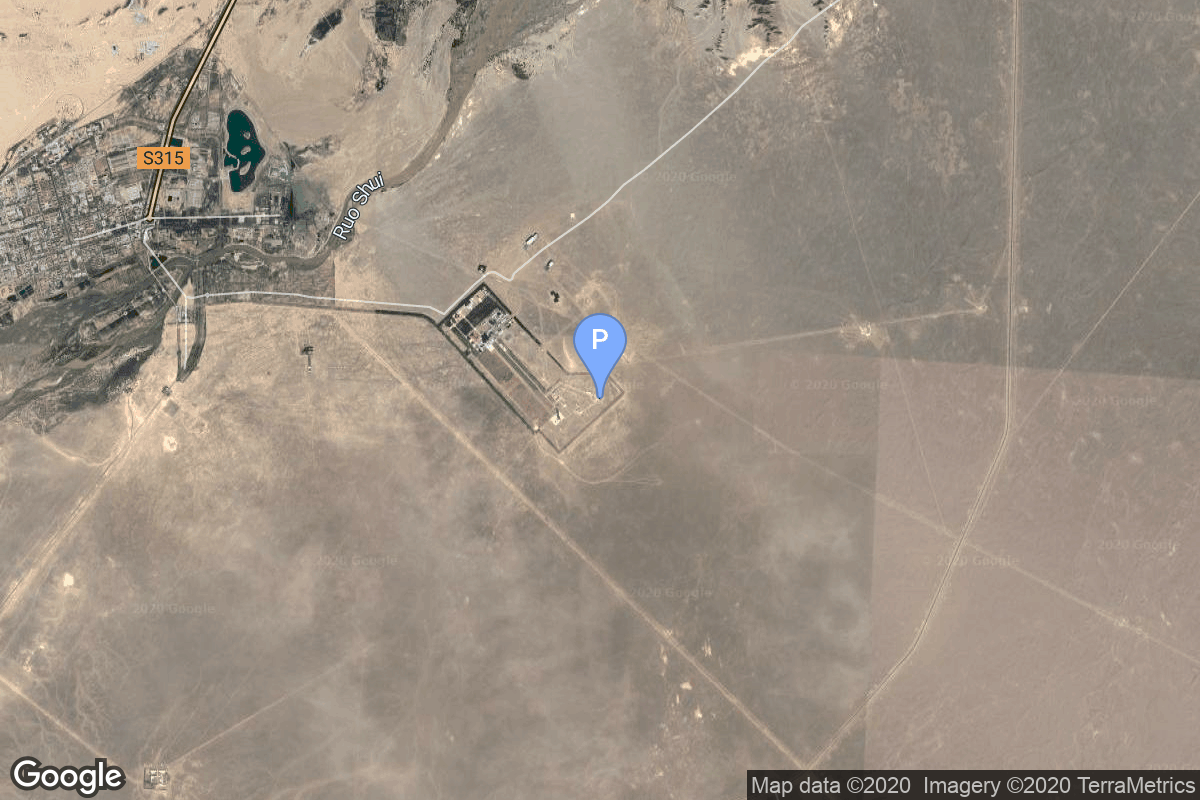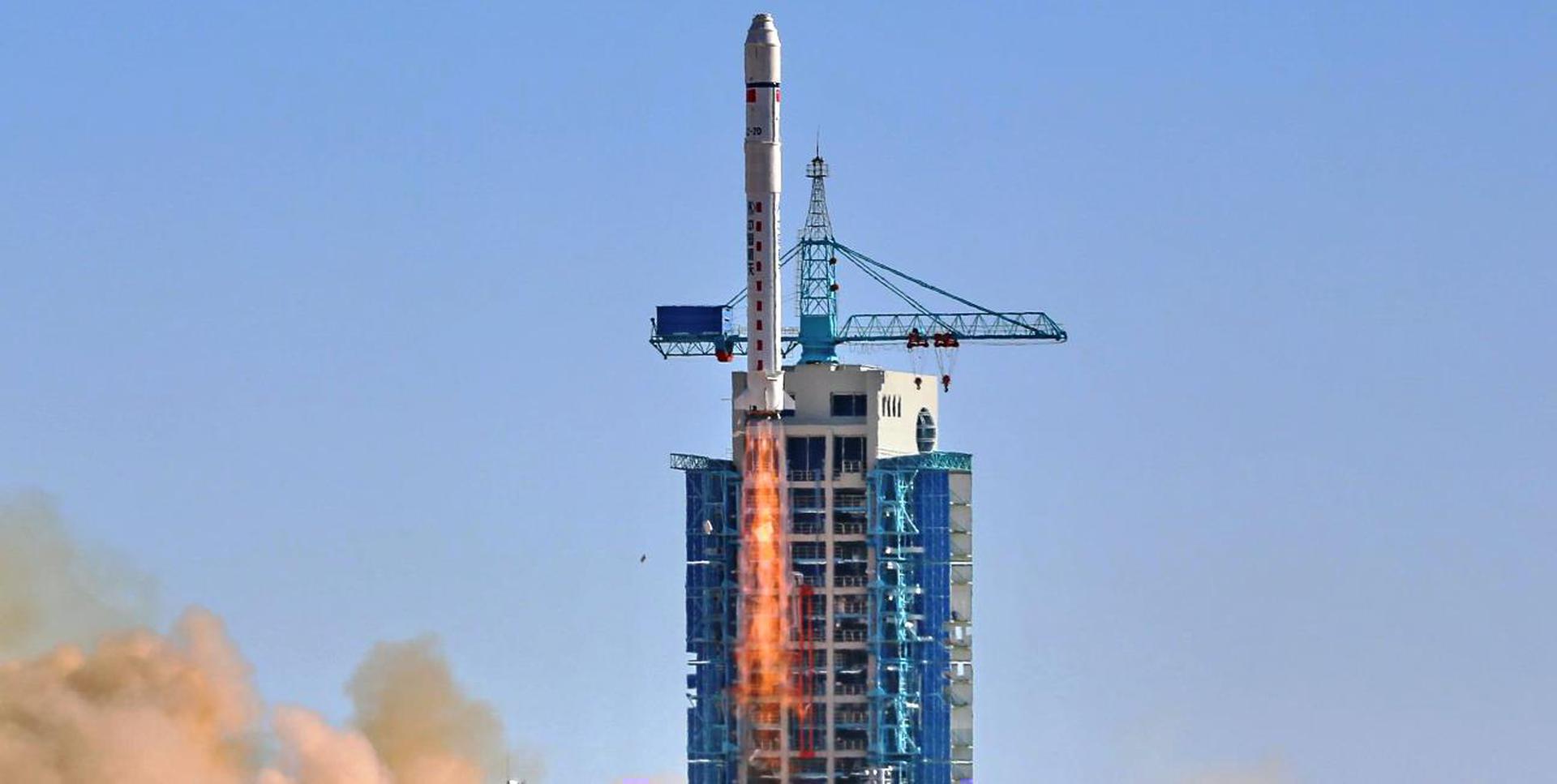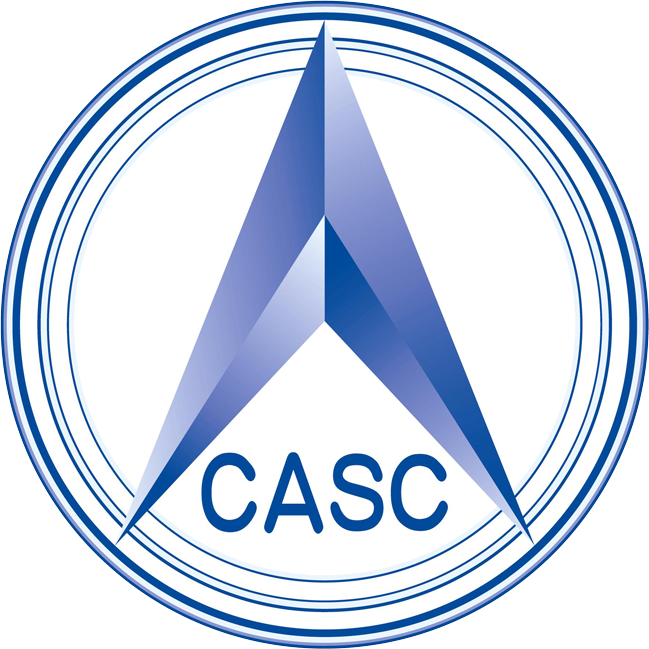Advanced Space-borne Solar Observatory (ASO-S)
Long March 2D
China Aerospace Science and Technology Corporation
Mission
Advanced Space-borne Solar Observatory (ASO-S)
- Type: Heliophysics
- Orbit: Sun-Synchronous Orbit
- Launch Cost: $30,000,000
ASO-S (Advanced Space-borne Solar Observatory) is a Chinese solar space observatory that aims to study the interaction between the Sun’s magnetic field, solar flares and coronal mass ejections. It’s the first space solar observatory of China.
ASO-S is a 3-axis stabilized satellite with a mass of less than 1,000 kg with a pointing accuracy of 0.01° and an orientation stability of 1 to 2 arc seconds every 20 seconds. The payload has a mass below 335 kg and consumes about 300 watts. The platform’s pointing accuracy is lower than 0.01°, the measurement accuracy is lower than 1 arc second and the orientation drift is below 0.0004°/s.
ASO-S has three instruments:
– The Full-Disc Vector Magnetograph (FMG) instrument is intended to map the magnetic field of the photosphere over the entire solar disk. It includes an imager, an optical polarization system and a CCD detector.
– The Hard X-ray Imager (HXI) camera should image the whole solar disk in X-rays. The instrument is optimized to take images of solar flares.
– A set of three LST (Lyman-alpha Solar Telescope) telescopes is used to observe the Lyman-alpha line (121.6 nm) of solar flares up to a distance of several solar radii from the Sun’s disk. These three telescopes are SDI (to obtain an image of the solar disk), SCI (coronagraph for observation between 1.1 and 2.5 solar radii) and WST (white light emitted by the solar disk used for calibration purposes).
Location
Launch Area 4 (SLS-2 / 603)
Jiuquan Satellite Launch Center, People’s Republic of China
Launch Area 4 (SLS-2 / 603) has witnessed the launch of 112 rockets, including 112 orbital launch attempts, while Jiuquan Satellite Launch Center, People’s Republic of China, has been the site for 222 rocket launches.
Rocket
Agency
China Aerospace Science and Technology Corporation
The China Aerospace Science and Technology Corporation (CASC) is the main contractor for the Chinese space program. It is state-owned and has a number of subordinate entities which design, develop and manufacture a range of spacecraft, launch vehicles, strategic and tactical missile systems, and ground equipment. It was officially established in July 1999 as part of a Chinese government reform drive, having previously been one part of the former China Aerospace Corporation. Various incarnations of the program date back to 1956.


